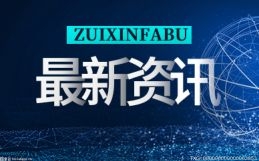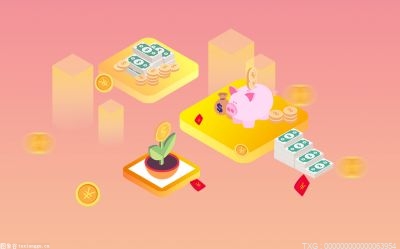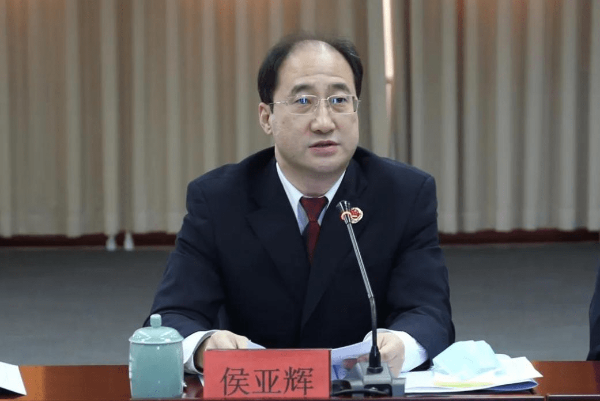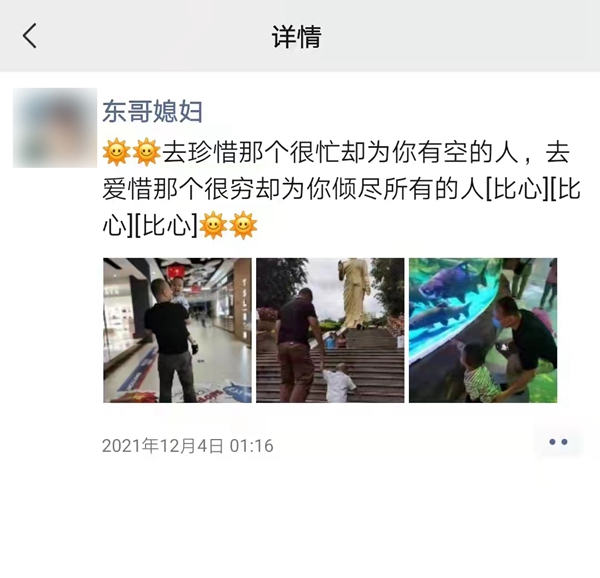有关中秋节的英语对话 有关中秋节的英语资料
1、“Zhong Qiu Jie“, which is also known as the Mid-Autumn Festival, is celebrated on the 15th day of the 8th month of the lunar calendar. It is a time for family members and loved ones to congregate and enjoy the full moon - an auspicious symbol of abundance, harmony and luck. Adults will usually indulge in fragrant mooncakes of many varieties with a good cup of piping hot Chinese tea, while the little ones run around with their brightly-lit lanterns. 农历八月十五日是中国的传统节日——中秋节。
2、在这天,每个家庭都团聚在一起,一家人共同观赏象征丰裕、和谐和幸运的圆月。
 (相关资料图)
(相关资料图)
3、此时,大人们吃着美味的月饼,品着热腾腾的香茗,而孩子们则在一旁拉着兔子灯尽情玩耍。
4、 “Zhong Qiu Jie“ probably began as a harvest festival. The festival was later given a mythological flavour with legends of Chang-E, the beautiful lady in the moon. 中秋节最早可能是一个庆祝丰收的节日。
5、后来,月宫里美丽的仙女嫦娥的神话故事赋予了它神话色彩。
6、 According to Chinese mythology, the earth once had 10 suns circling over it. One day, all 10 suns appeared together, scorching the earth with their heat. The earth was saved when a strong archer, Hou Yi, succeeded in shooting down 9 of the suns. Yi stole the elixir of life to save the people from his tyrannical rule, but his wife, Chang-E drank it. Thus started the legend of the lady in the moon to whom young Chinese girls would pray at the Mid-Autumn Festival. 传说古时候,天空曾有10个太阳。
7、一天,这10个太阳同时出现,酷热难挡。
8、弓箭手后翌射下了其中9个太阳,拯救了地球上的生灵。
9、他偷了长生不死药,却被妻子嫦娥偷偷喝下。
10、此后,每年中秋月圆之时,少女们都要向月宫仙女嫦娥祈福的传说便流传开来。
11、 In the 14th century, the eating of mooncakeS at “Zhong Qiu Jie“ was given a new significance. The story goes that when Zhu Yuan Zhang was plotting to overthrow the Yuan Dynasty started by the Mongolians, the rebels hid their messages in the Mid-Autumn mooncakes. Zhong Qiu Jie is hence also a commemoration of the overthrow of the Mongolians by the Han people. 在14世纪,中秋节吃月饼又被赋予了一层特殊的含义。
12、传说在朱元璋带兵起义推翻元朝时,将士们曾把联络信藏在月饼里。
13、因此,中秋节后来也成为 The Mid-Autumn Festival is a traditional festivity for both the Han and minority nationalities. The custom of worshipping the moon (called xi yue in Chinese) can be traced back as far as the ancient Xia and Shang Dynasties (2000 B.C.-1066 B.C.). In the Zhou Dynasty(1066 B.C.-221 B.C.), people hold ceremonies to greet winter and worship the moon whenever the Mid-Autumn Festival sets in. It becomes very prevalent in the Tang Dynasty(618-907 A.D.) that people enjoy and worship the full moon. In the Southern Song Dynasty (1127-1279 A.D.), however, people send round moon cakes to their relatives as gifts in expression of their best wishes of family reunion. When it becomes dark, they look up at the full silver moon or go sightseeing on lakes to celebrate the festival. Since the Ming (1368-1644 A.D. ) and Qing Dynasties (1644-1911A.D.), the custom of Mid-Autumn Festival celebration becomes unprecedented popular. Together with the celebration there appear some special customs in different parts of the country, such as burning incense, planting Mid-Autumn trees, lighting lanterns on towers and fire dragon dances. However, the custom of playing under the moon is not so popular as it used to be nowadays, but it is not less popular to enjoy the bright silver moon. Whenever the festival sets in, people will look up at the full silver moon, drinking wine to celebrate their happy life or thinking of their relatives and friends far from home, and extending all of their best wishes to them.。
相信通过有关中秋节的英语资料这篇文章能帮到你,在和好朋友分享的时候,也欢迎感兴趣小伙伴们一起来探讨。
本文由用户上传,如有侵权请联系删除!关键词:






















